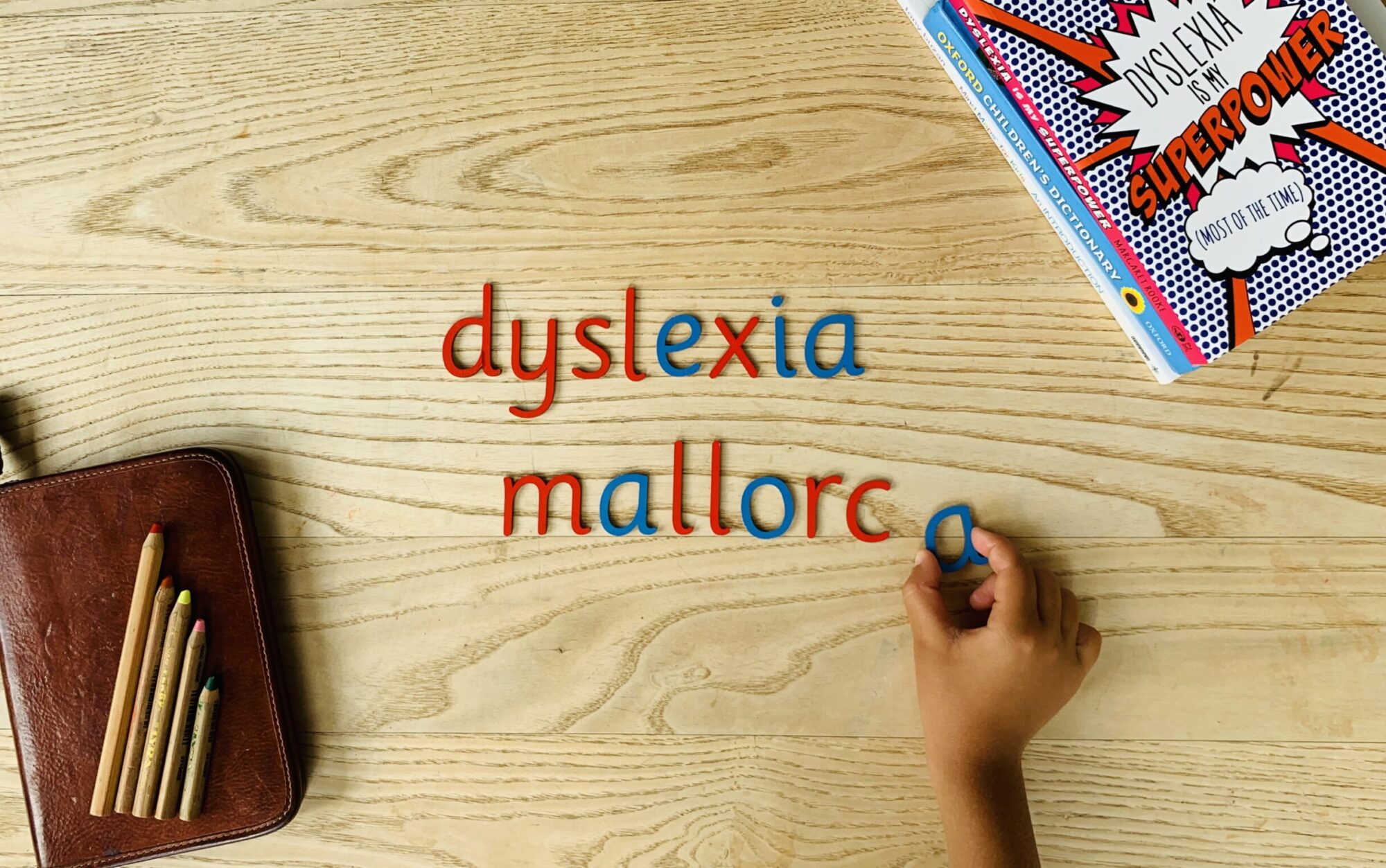Dyslexia has many features, both positive and challenging. It occurs in people of all backgrounds and intellectual levels and can range from mild to severe. It can also co-occur with other learning differences and run in families. Dyslexia is a life-long condition but often can be a creative strength and a source of unique innovative thinking. Many dyslexic people show strengths in areas such as reasoning and in visual and creative fields.
Dyslexia is often identified in primary school, however some people’s coping strategies are so good that the dyslexic difficulties don’t become apparent until much later, perhaps at secondary school or even in university or the workplace. Often the first symptom noticed is usually a literacy difficulty. However, features of dyslexia also include memory and information processing skills .
The British Dyslexia Association has adopted the definition of dyslexia as:
- Dyslexia is a learning difficulty that primarily affects the skills involved in accurate and fluent word reading and spelling. Characteristic features of dyslexia are difficulties in phonological awareness, verbal memory and verbal processing speed.
